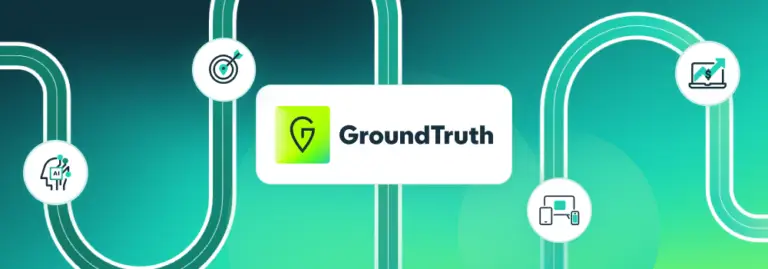The foundation of a successful ad campaign is the audience targeting. Budget, messaging, and other factors impact the performance, sure. But in terms of real business results, like in-store visits, targeting and audience segmentation are the defining factors.
With that in mind, we wanted to put together four easy steps for building more precise audience segments for full-funnel marketing plans. Each step will help you improve campaign performance, connect with the right audiences, and push customers through the funnel more efficiently. Here’s what you need to know:
1. Use Real-World Behaviors to Find Customers
Knowing the intent of potential customers makes targeting much easier. We know that shoppers are more likely to make a purchase once they are inside a store, especially compared to those who visit a website. Data also suggests that when enjoying time with family and friends, shoppers prefer in-store experiences.
To create audience segments that result in incremental in-store visits and sales lift, ensure that you’re using real-world behaviors. That means knowing where your audience lives, shops, and visits on a regular basis. Understand the stores they frequently visit and those they may travel to for special occasions. Once you identify the habits of your target audience, you’ll be able to identify potential new customers based on their connection to your current customer base. Creating a consistent funnel of new audiences ensures that teams can always optimize and improve campaigns throughout the funnel.
2. Ensure Data Quality Across Advertising Platforms
The more you know about your target customers, the better able you are to predict what messages, ads, and offerings will resonate. In a competitive environment in which customer attention is not guaranteed, this information is invaluable.
Before partnering with an advertising platform (or agency), ask questions about how they verify their data quality. Find out if the platforms rely on first-party or third-party data. Investigate how the data is processed and checked for accuracy. The more consistent your data is across all of your adtech, the better each of your campaigns will perform across the customer journey.
3. Keep Campaigns Focused on Specific Outcomes
Omnichannel ad campaigns are a necessity for any business, but every ad campaign should not try to do everything all at once. To make the most of each campaign’s performance, each one should focus on a single objective. When you introduce too many variables into a campaign, you can’t be certain why it was a success (or a failure).
After a campaign concludes, evaluate how each audience segment responded at each stage of the journey. Look for differentiators that can help you spend more efficiently next time. Consider whether CTV works better at connecting to potential customers than existing ones. Where do retargeting ads perform best on lapsed customers? When each campaign is focused on single outcomes, you can answer these questions and optimize for better results next time.
4. Run Test Campaigns at Each Step of the Customer Journey
Finally, to get the most precise audience targeting for all of your campaigns, create a constant testing schedule for messaging, creative, and frequency across all channels. Ad fatigue is a real concern for companies, and customers are showing that they are less likely to make a purchase if they see too many of the same ads.
Keep your creative fresh and your messaging personalized so that you avoid creating negative brand association. Keep an eye on not only what is performing well, but which ads are performing quickly. Conversions that happen faster can be just as helpful as conversions that happen at a high volume in terms of understanding what your audience wants and through which channels.
Find Your Most Accurate Audience Segments with GroundTruth
To start building precise, high-performing audience segments for all your most important campaigns, contact us today. We can show you how we use Blueprint technology to identify real-world behaviors that can be used to drive real business results for your company.





